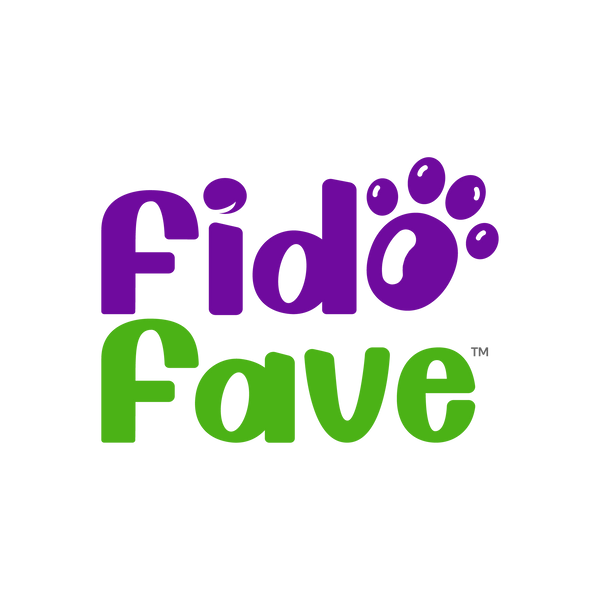Content Overview
1.2.1 Biological Structure of Hair in Pets
1.2.2 Functions of Grooming Products
1.2.3 The Impact of Trimming on Health
1.2.4 The Science of Dyeing and Decoration

1.2.1 Biological Structure of Hair in Pets:
A.Biological Structure of Hair in Pets:- Composition and Function of Hair:
- Pet hair is primarily made of keratin, a tough, water-insoluble protein.
- Main functions include protecting the skin, regulating temperature, and providing sensory stimuli.
- Structure of Hair Follicles:
- Hair grows in a small sac in the skin called a hair follicle.
- Follicles extend into the dermis, with the base, the hair bulb, being the source of hair growth.
- Sebaceous glands around follicles secrete oils for hair and skin lubrication.
- Hair Growth Cycle:
- Anagen Phase: Active growth, duration varies by breed and genetics.
- Catagen Phase: Slowed growth, follicle shrinkage.
- Telogen Phase: Growth stops, hair eventually falls out, new hair grows in the same follicle.
- Types of Hair:
- Primary Hair: Also known as guard hair, typically longer, coarser, and protective.
- Secondary Hair: Shorter, softer, mainly for insulation.
B.Understanding the Importance of Proper Pet Grooming:
- Knowing the biological structure of pet hair helps understand grooming needs, e.g., different hair types may require varied trimming techniques and care products.
- Proper grooming maintains hair and skin health, while improper methods can cause hair damage or skin issues.

1.2.2 Functions of Grooming Products
Grooming products play a vital role in pet grooming. The correct selection and use of these products are crucial for maintaining the health of a pet's skin and coat.
A.Balanced Skin pH
Pets typically have a skin pH level that is closer to neutral than humans. Using pH-balanced grooming products designed for pets can protect their natural skin barrier, preventing dryness and irritation.
B.Cleaning and Odor Removal
Grooming products can penetrate hair follicles, removing oil, dirt, and unpleasant odors, keeping a pet's coat clean and fresh.
C.Nourishment and Moisturization
Grooming products containing natural ingredients such as oatmeal, aloe vera, or coconut oil can nourish the skin, preventing dryness and itching.
D.Prevention and Treatment of Skin Conditions
Some grooming products contain medicinal ingredients, such as antifungal or antibacterial agents, which can help treat or prevent skin conditions.
E.Enhancing Coat Quality
High-quality grooming products can also enhance the elasticity and shine of the coat, making it easier to manage.
F.Safety
Pet grooming products should avoid the use of chemicals that can be harmful to pets, such as sulfates, alcohol, or artificial fragrances.
G.Suitability
Pets of different breeds and coat types may require different types of grooming products. For example, long-haired pets may need products with more moisturizing effects, while short-haired pets may require lighter formulas.
H.Proper Usage
Using grooming products correctly is also essential. This includes thoroughly wetting the coat, evenly applying the grooming product, and rinsing thoroughly to avoid residue.

1.2.3 The Impact of Trimming on Health:
Pet grooming affects their health and well-being, not just their appearance.
A.Promoting Skin Health:
- Regular trimming removes dead hair, dandruff, and hidden parasites.
- It allows better air circulation to the skin, reducing hot spots and other skin issues.。
B.Reducing Tangles and Knots:
- Long-haired pets are prone to hair tangling and knotting, which can pull on the skin and hide infections.
- Regular trimming helps keep the hair smooth, minimizing these issues.
C.Comfort and Mobility:
- Overly long hair can obstruct a pet's vision, affect movement, and increase the risk of injury.
- Proper trimming enhances pets' comfort and mobility.
D.Temperature Regulation:
- Appropriate trimming in hot weather helps pets regulate body temperature and prevent overheating.
- However, excessive trimming should be avoided to maintain hair that protects skin and keeps warmth.
E.Monitoring Health Issues:
During trimming, groomers can inspect pets' skin and fur for health issues like lumps, scratches, or parasites.
F.Enhancing Social Interaction:
Neatly trimmed pets often receive more attention and affection, improving their social interactions.
G.Preventing Ear and Eye Problems:
Proper trimming around ears and eyes can reduce the risk of infections, especially in breeds prone to ear issues and tear stains.

1.2.4 The Science of Dyeing and Decoration:
A.Dyeing Science:
- Safe Dye Selection:
- Use non-toxic, pet-specific dyes that are harmless and free of harsh chemicals.
- Natural Dyes: Options like food-grade or plant-based dyes are often safer for pets.
- Skin Compatibility:
- Dyes should be non-irritating to pet skin. Conduct small patch tests before dyeing to prevent allergic reactions.
- pH Compatibility: Choose dyes that are compatible with the pH of pet skin.
- Dyeing Process:
- Dyeing should be performed by experienced groomers with the pet relaxed and safe.
- Avoid dyeing sensitive areas such as around the eyes, ears, and nose.
B.The Science of Decorations in Pet Grooming:
- Safe Decorative Materials:
- All decorations, including bow ties, hair accessories, and clothes, should be non-toxic and free of small parts that could be ingested.
- Materials should be soft and breathable to avoid skin irritation or overheating.
- Appropriateness of Decorations:
- Decorations should not restrict pets' movement or normal behaviors like walking, jumping, or resting.
- Consider the pet's personality and comfort; some pets may not like being decorated.
- Practicality of Decorations:
- Use decorations for special occasions or short-term events rather than for prolonged wear.
- Monitor pets' reactions to ensure they are not uncomfortable or anxious while wearing decorations.
